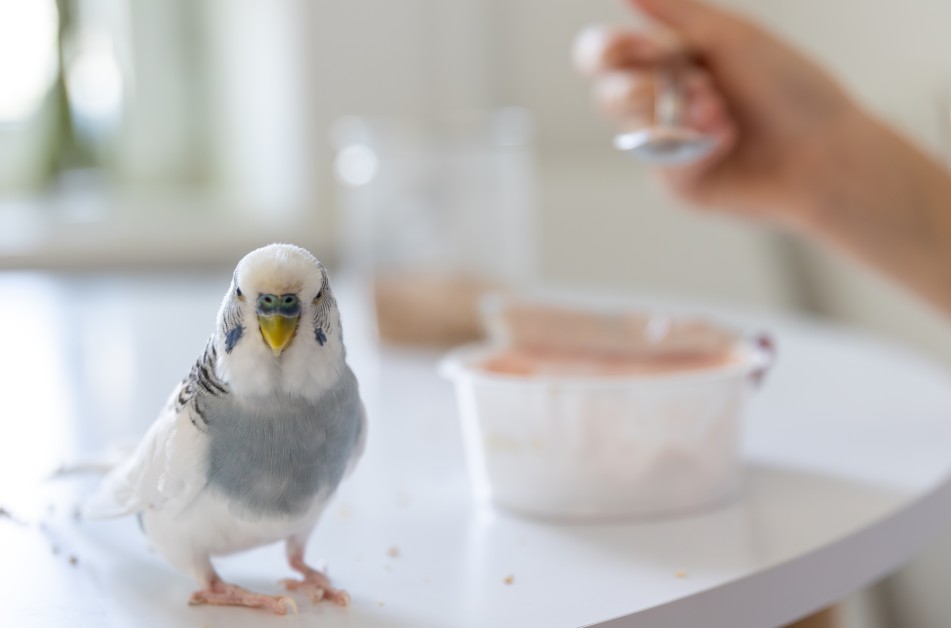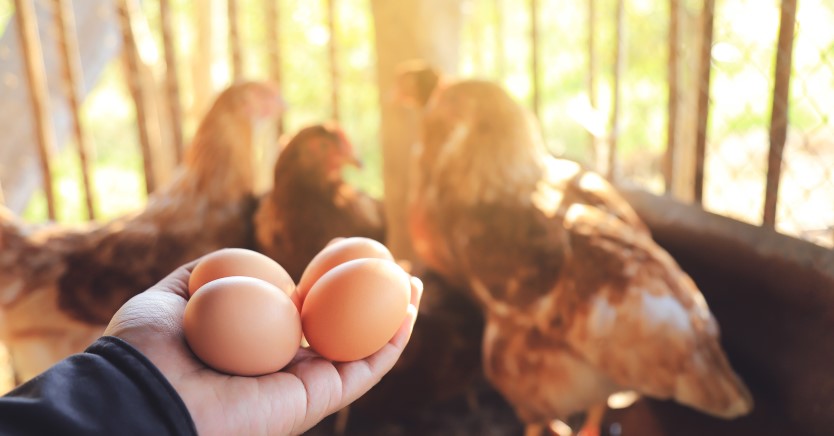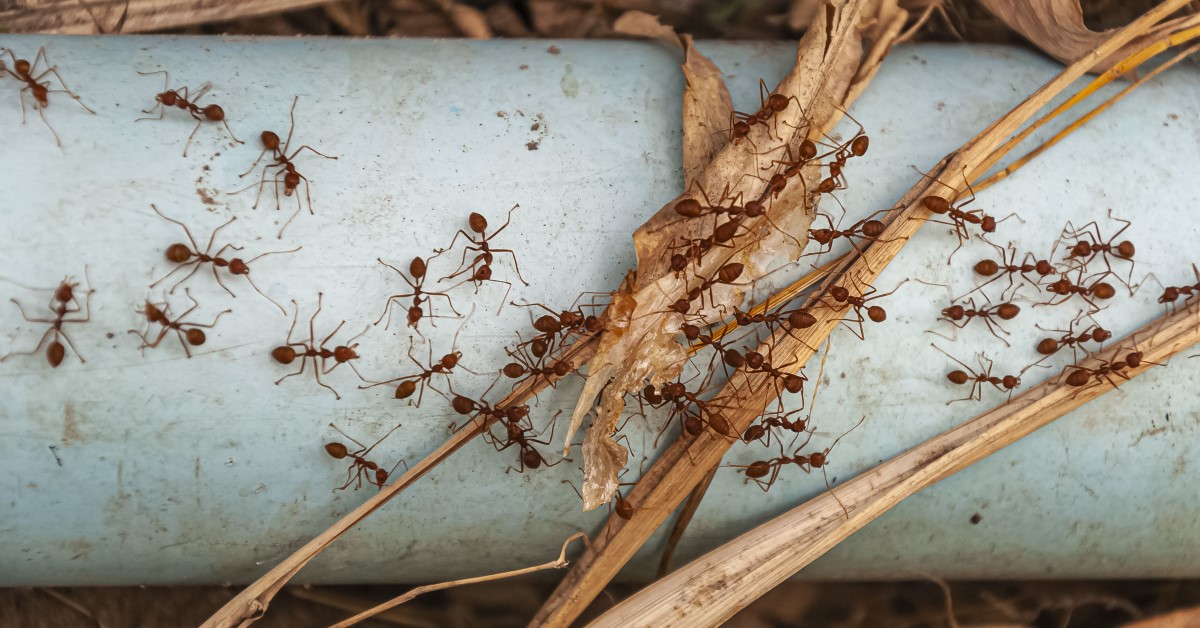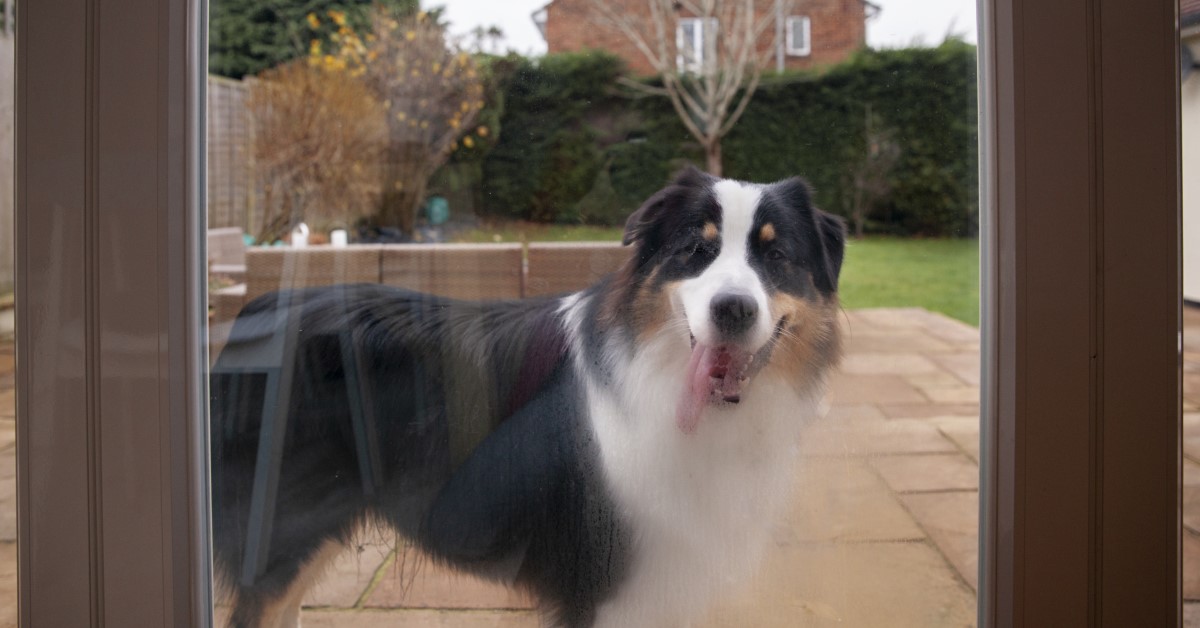How to Bird-Proof Your Home: Safety Tips for Letting Birds Out
Bird-proofing your home allows your feathered friend to roam freely indoors with fewer risks and greater peace of mind.

While all birds should have a cage where they can safely eat, sleep, and play, many bird owners enjoy letting their feathered friend explore more of the home. Cockatiels, parakeets, and other common pet bird species can be let out of their enclosures on occasion to promote physical exercise, provide mental stimulation, and allow them to express natural behaviors unimpeded by metal bars. However, allowing your bird to fly free does have some risks. Bird-proofing your home can create a safer environment for your pet and greatly reduce the risk of injury, illness, or escape.
Be Wary of Doors, Windows, and Skylights
It makes sense that your pet bird may be attracted to light shining through open doors, windows, or skylights. Even if they are securely closed, a bird runs the risk of flying into the glass, causing serious injury. As a precaution, consider clipping your bird’s wings. While this won’t prevent your bird from flying, it can slow its speed. Ideally, any windows should be covered with shades or blinds to eliminate this temptation. To prevent your pet’s toenails from becoming caught in fabric window treatments, regularly clip its nails.
Store Toxic or Poisonous Substances Out of Reach
Like any pet, birds can get into things they shouldn’t, leading to accidental poisoning. First, put away human foods that could pose a health risk to your pet if consumed, such as chocolate, alcohol, caffeine, and avocado. Next, consider if there are any toxic plants that your bird may nibble on, such as lilies, poinsettias, or philodendrons. You’ll also want to put other common household substances out of reach that could be dangerous, like medications, household cleaners, and pesticides.
Don’t Allow Your Bird Around Hot Surfaces
The average household has hot surfaces throughout, from baseboard heating systems and traditional fireplaces to hot stovetops and electric space heaters. While these items often go unnoticed by humans, birds may not realize the risk and could land on a hot surface. When it comes to kitchen safety, there are also other dangers to be aware of, such as cooking fumes. Certain chemical fumes, like those that come from non-stick cookware, can be fatal to birds.
Keep Your Bird Away from Harmful Smoke and Vapor
Various smells are common in homes, especially smoke-related odors from candles, incense burners, vapes, cigarettes, and cigars. While you may be used to these smells, birds cannot tolerate these odors as well. Both the smoke and smell that come from these products can be dangerous to birds and should therefore not be used in the presence of your pet. In addition, be sure to thoroughly wash your hands with soap and water before handling your bird if you have recently smoked.
Manage Electrical Cords and Wires
Birds tend to chew on items that they find in their environment. When let out of their cage, this could mean electrical cords and wires that power lamps, appliances, and other electronic devices in your home. Chewing on these wires can lead to electric shocks, so it’s important to hide or cover them whenever possible. Also, always supervise your bird when out of their cage to prevent them from encountering these types of dangers.
Beware of Sources of Open Water in the Home
Many pet owners overlook the potential danger of open water sources. Bathtubs filled with even a small amount of water, sinks with dish water, mop buckets, pet water bowls, toilets, and unattended pots of water on the stove can all pose serious harm to birds allowed to fly indoors. Always be alert when your pet is out of its cage, ensuring that these dangers are out of reach. Stay alert and always check to see that your bird is not in or near a potential source of harm.
Supervise Your Bird Closely Around Other Pets
With proper training, birds and other pets like cats and dogs can peacefully coexist. However, that doesn’t mean you should ever allow your bird to roam freely in your home with other pets unsupervised. Whenever your bird is out of its cage, closely supervise any interactions with other pets. If your bird is a new addition to the household, begin with brief sessions, not allowing physical contact until both parties have shown calmness and acceptance.
Teach Young Children to Be Gentle with Your Bird
Families of all sizes and shapes can benefit from having a pet bird. Even young children can learn to gently handle birds when taught the proper way to hold and play with their pet. As young children can easily hurt a small bird, always supervise your children during these interactions. Teach your children not to stick their fingers into the cage or to handle the bird roughly. Allow your children to assist with important tasks to help with the bonding process, such as refilling food and water dishes.
Keeping Your Bird Safe Outside of their Cage
While it may seem like a daunting task to bird-proof your home, taking these steps is more important than you realize. Birds require both physical and mental stimulation, and regular sessions outside their cage are an excellent way to achieve these goals. Over time, you can create a safe and welcoming environment that enriches your pet’s life and general well-being.
Ready to start saving money on pet wellness care?
Then take a look at Mint Wellness, the pet wellness plan that provides fast reimbursement on routine pet care. Save on vaccinations, wellness exams, preventatives, dental, and more!
Learn More


